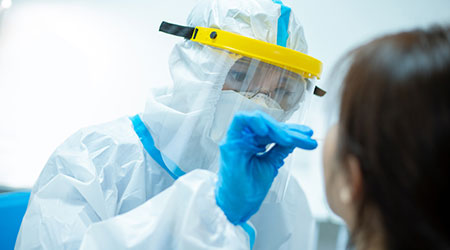By now, the COVID-19 pandemic has tested every component of health care facilities’ preparations for emergencies, and managers have had a chance to revisit their preparations and respond. For all of the preparation, implementation and followup related to emergency preparedness, the long-term nature of the pandemic continues to test one component of the process more than any other – the supply chain.
Manufacturers, distributors, and healthcare providers have been grappling with managing short- and long-term demand while facing shortages of critical supplies such as gowns, gloves, respirators, masks, face shields, and disinfectants. Supply-chain leaders have had to deviate from standard manufacturers and distributors to procure critical supplies. Companies have adapted consumer-product manufacturing to produce medical devices and supplies.
COVID-19 has exposed the risks and weaknesses of the current global healthcare supply chain and highlighted its complexities and the roles of the many players involved, according to Beckers’ Hospital Review.
So as supply chain leaders work to operate in the new normal, it will be imperative to hardwire business processes and procedures and improve visibility for the entire supply chain through collaboration and planning among all parties.
Click here to read the article.

 Healthcare Real Estate: Challenges and Industry Shifts for 2025
Healthcare Real Estate: Challenges and Industry Shifts for 2025 Geisinger to Build $32 Million Cancer Center in Pennsylvania
Geisinger to Build $32 Million Cancer Center in Pennsylvania Sunflower Medical Group Experiences Data Breach
Sunflower Medical Group Experiences Data Breach Strategies to Eradicate Biofilm Containing C. Auris
Strategies to Eradicate Biofilm Containing C. Auris Man Attacks Nurses, Police Officer at Jefferson Hospital
Man Attacks Nurses, Police Officer at Jefferson Hospital